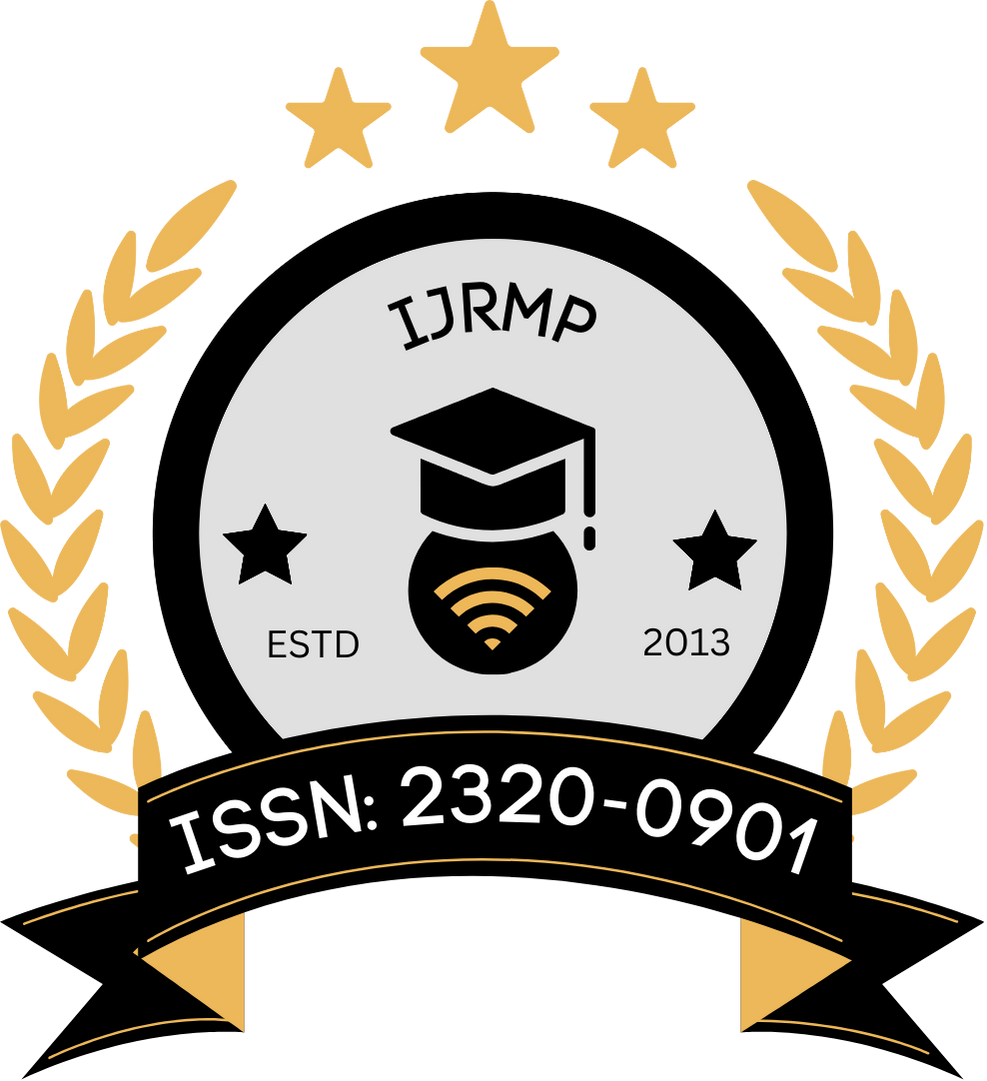![]()
Snehal Patil
Independent Researcher
Maharashtra, India
Abstract
Drug interaction analysis remains a cornerstone of pharmacovigilance and personalized medicine, ensuring patient safety and efficacy of therapeutics. Traditional computational techniques, while useful, face challenges in scaling to the combinatorial complexity of large molecular databases and multi-drug regimens. Quantum computing, an emergent paradigm inspired by quantum mechanics, offers unprecedented computational power by exploiting superposition and entanglement. This paper explores the theoretical and applied potential of quantum computing in analyzing drug interactions, focusing on quantum annealing, qubit-based molecular modeling, and quantum-enhanced search algorithms. We examine foundational research in quantum algorithms relevant to molecular similarity, optimization of protein-ligand docking, and reaction outcome prediction. Drawing from pre-2016 studies, we analyze quantum algorithmic efficiency in detecting adverse interactions and propose frameworks for future integration into pharmacological analysis. This work aims to bridge quantum computing principles with pharmaceutical informatics to highlight pathways for innovation in computational drug interaction models.
Keywords
Quantum computing, drug interaction, molecular modeling, quantum annealing, pharmacoinformatics, qubits, protein docking
References
- Aspuru-Guzik, A., Dutoi, A. D., Love, P. J., & Head-Gordon, M. (2005). Simulated quantum computation of molecular energies. Science, 309(5741), 1704-1707. https://doi.org/10.1126/science.1113479
- Babbush, R., McClean, J., Wecker, D., Aspuru-Guzik, A., & Wiebe, N. (2015). Chemical basis of Trotter-Suzuki errors in quantum chemistry simulation. Physical Review A, 91(2), 022311. https://doi.org/10.1103/PhysRevA.91.022311
- Kassal, I., Jordan, S. P., Love, P. J., Mohseni, M., & Aspuru-Guzik, A. (2011). Quantum algorithms for quantum chemistry and quantum simulation. Proceedings of the National Academy of Sciences, 108(3), 1090-1095. https://doi.org/10.1073/pnas.1008222108
- Kuhn, M., Letunic, I., Jensen, L. J., & Bork, P. (2010). The SIDER database of drugs and side effects. Nucleic Acids Research, 38(Suppl. 1), D219-D223. https://doi.org/10.1093/nar/gkp961
- Lloyd, S., Mohseni, M., & Rebentrost, P. (2013). Quantum algorithms for supervised and unsupervised machine learning. arXiv, 1307.0438. https://arxiv.org/abs/1307.0438
- Perdomo-Ortiz, A., Dickson, N., Drew-Brook, M., Rose, G., & Aspuru-Guzik, A. (2012). Finding low-energy conformations of lattice protein models by quantum annealing. Scientific Reports, 2, 571. https://doi.org/10.1038/srep00571
- Perdomo-Ortiz, A., Flatt, J. F., & Aspuru-Guzik, A. (2014). A quantum annealing approach for dealing with small molecules in the presence of multiple interaction sites. Journal of Chemical Physics, 140(18), 18A507. https://doi.org/10.1063/1.4869139
- Rebentrost, P., Mohseni, M., & Lloyd, S. (2014). Quantum support vector machine for big-data classification. Physical Review Letters, 113(13), 130503. https://doi.org/10.1103/PhysRevLett.113.130503
- Whitfield, J. D., Biamonte, J., & Aspuru-Guzik, A. (2011). Simulation of electronic structure Hamiltonians using quantum computers. Molecular Physics, 109(5), 735-750. https://doi.org/10.1080/00268976.2011.552441
- Wishart, D. S., Knox, C., Guo, A. C., Shrivastava, S., Hassanali, M., Stothard, P., Chang, Z., & Woolsey, J. (2008). DrugBank: A knowledgebase for drugs, drug actions and drug targets. Nucleic Acids Research, 36(Suppl. 1), D901-D906. https://doi.org/10.1093/nar/gkm958
